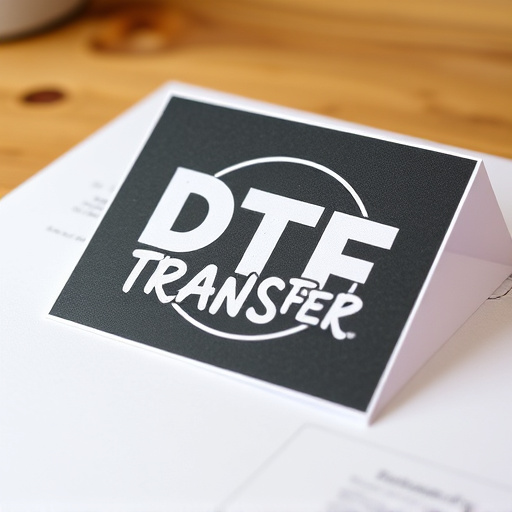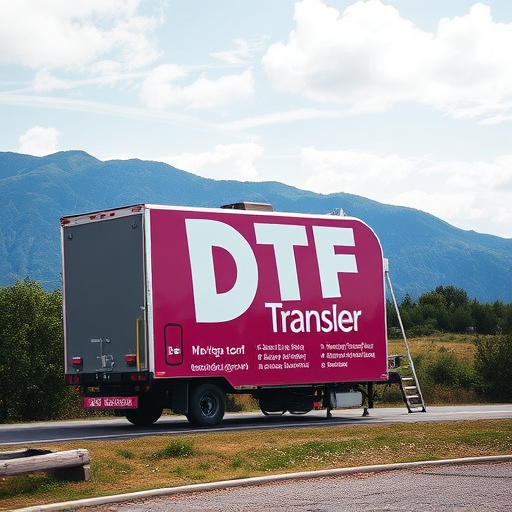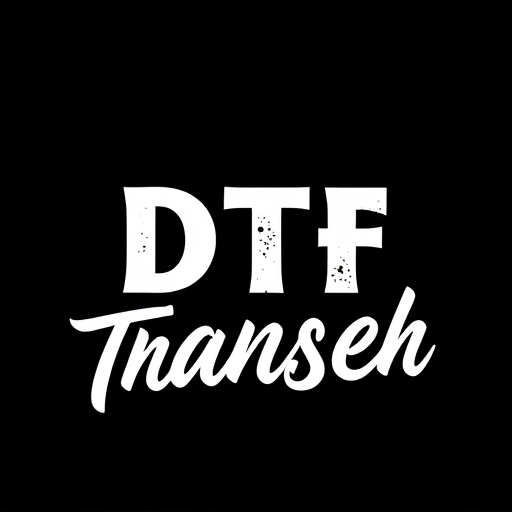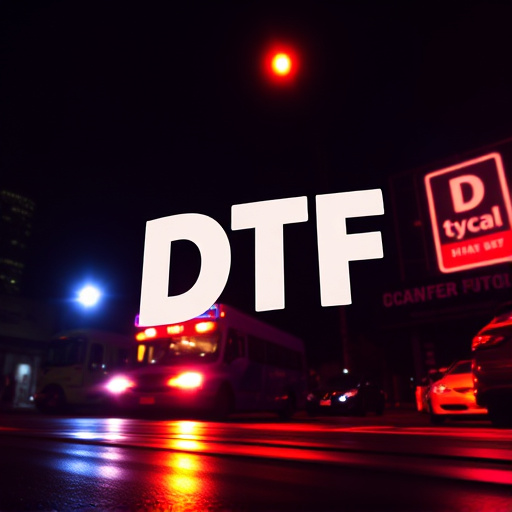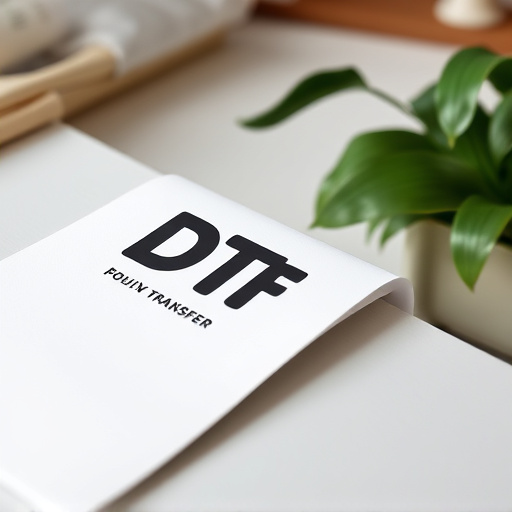Direct-to-Film (DTF) transfers are a groundbreaking printing technique offering precise, vibrant image reproduction on diverse media like film and fabric. By eliminating traditional intermediate steps, DTF ensures superior color accuracy and detailed outcomes, utilizing specialized equipment for complex patterns. This versatile method caters to dynamic film prints and high-quality custom textiles, revolutionizing the industry with faster production times, reduced waste, and consistent quality. Choosing the right DTF printing solution involves considering print quality, speed, and versatility, while case studies highlight its successful implementation in enhancing production capabilities. Future advancements promise even greater efficiency, image quality, and sustainability in DTF technology.
“Revolutionize your printing services with Wholesale Direct-to-Film (DTF) transfers—a game-changing technology for print professionals. This comprehensive guide explores the benefits of DTF for enhancing productivity and print quality. From understanding the DTF process to choosing the right equipment, we provide insights into its advantages over traditional methods. Discover how top printers have successfully implemented DTF, and stay ahead with our look at future trends in this evolving technology, ensuring you master the art of DTF prints.”
- Understanding Direct-to-Film (DTF) Transfers: A Comprehensive Guide
- Benefits of Using DTF Transfer for Printing Service Providers
- The Process: How DTF Works and its Advantages Over Traditional Methods
- Choosing the Right DTF Printing Solution for Your Business
- Case Studies: Successful DTF Implementation Stories from Top Printers
- Future Trends in DTF Technology: What to Expect Next
Understanding Direct-to-Film (DTF) Transfers: A Comprehensive Guide
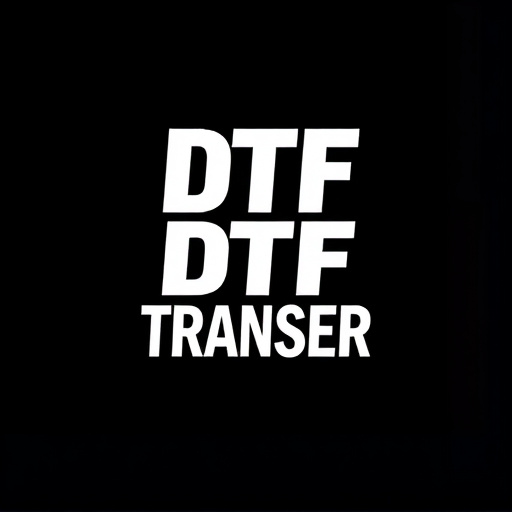
Direct-to-Film (DTF) transfers are a cutting-edge printing technique that allows for precise and vibrant image reproduction directly onto various materials, including film and cloth. This method revolutionizes traditional printing practices by eliminating the need for intermediate steps, such as printing on paper or fabric first. With DTF, designs can be seamlessly transferred, ensuring superior color accuracy and detailed outcomes.
The process involves specialized equipment that precisely applies ink to the target surface, enabling complex patterns and designs. DTF transfers are particularly advantageous for service providers as they offer unmatched quality, speed, and efficiency. This technology is a game-changer for those in the printing industry, catering to diverse needs, from creating vibrant film prints to producing custom, high-quality textiles.
Benefits of Using DTF Transfer for Printing Service Providers
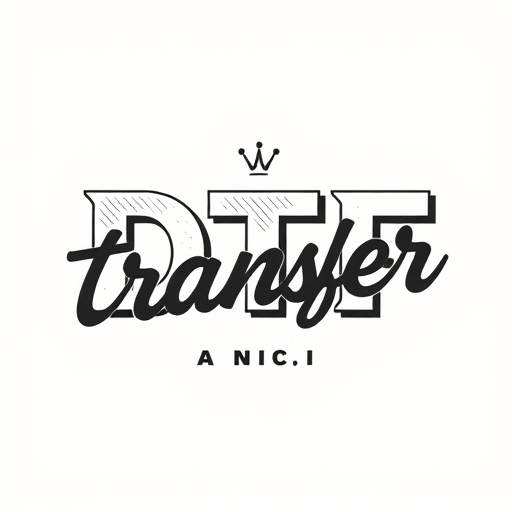
Direct-to-film (DTF) transfers offer a multitude of advantages for printing service providers. This cutting-edge technology streamlines the printing process, eliminating the need for traditional plates, which not only reduces production time but also minimises waste. DTF allows for incredibly detailed and vibrant prints on a wide range of materials, from textiles to plastics, opening up a plethora of opportunities for creative expression.
Furthermore, DTF Printing is remarkably versatile, accommodating complex designs with ease. It’s suitable for small-batch runs, allowing providers to cater to diverse customer needs efficiently. The method also ensures consistent quality across prints, maintaining colour accuracy and sharp details, making it a reliable choice for professional printing services.
The Process: How DTF Works and its Advantages Over Traditional Methods
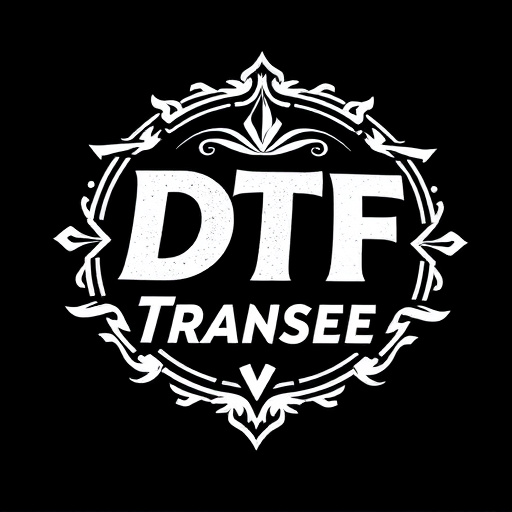
Direct-to-film (DTF) transfers have revolutionized printing service providers’ capabilities, offering a streamlined and efficient process for producing high-quality prints. Unlike traditional methods that often involve multiple steps and intermediate materials, DTF printing directly applies ink to the film, eliminating the need for complex setups. This innovative approach significantly reduces production time and enhances overall efficiency.
One of the standout advantages of DTF is its ability to produce vibrant, crisp prints with exceptional detail. The direct ink-to-film contact ensures that colors remain rich and true to the original design, making it ideal for a wide range of applications, from artistic creations to commercial signage. Additionally, DTF transfers are known for their durability, ensuring that printed images withstand wear and tear, making them suitable for both indoor and outdoor use.
Choosing the Right DTF Printing Solution for Your Business

Choosing the right direct-to-film (DTF) printing solution is a strategic move for service providers in the print industry. With the rise in demand for high-quality, fast turnaround prints, DTF technology offers an innovative and efficient approach. This modern method allows for precise, vibrant DTF transfers, ensuring your clients receive outstanding results.
When selecting a DTF printing system, consider factors such as print quality, speed, and versatility. Look for machines that deliver sharp details and accurate colors, catering to various print requirements. Faster processing times mean you can accommodate more orders without compromising efficiency. Additionally, some advanced DTF printers offer multi-color capabilities, expanding your business potential and allowing you to cater to diverse client needs, from single-color logos to intricate designs.
Case Studies: Successful DTF Implementation Stories from Top Printers
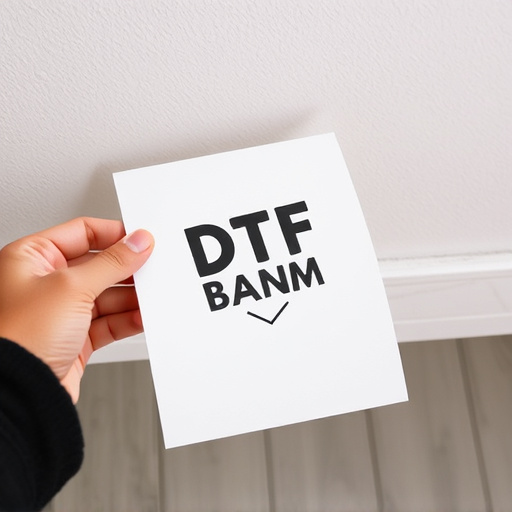
Wholesale direct-to-film (DTF) transfers have transformed the printing industry by offering a more efficient and cost-effective solution for service providers. Case studies from top printers highlight the successful implementation of DTF technology, showcasing its potential to revolutionize print production. These stories illustrate how DTF transfers can streamline the process of creating high-quality prints, from design to final output.
Many leading printers have adopted DTF as a game-changer, enabling them to deliver faster turnaround times and superior results. By eliminating the need for complex platers and plates, DTF printing reduces setup time and minimizes waste, making it an attractive option for businesses seeking to enhance their production capabilities. The case studies demonstrate that with the right equipment and expertise, DTF transfers can produce vibrant, accurate prints on a variety of materials, ensuring customer satisfaction and opening up new possibilities for creative expression in the printing industry.
Future Trends in DTF Technology: What to Expect Next
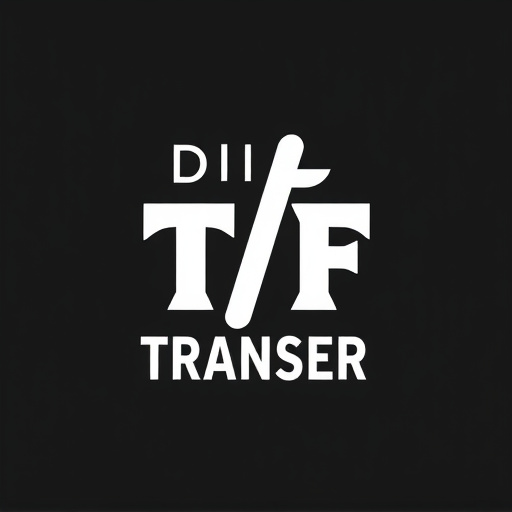
The future of Direct-to-Film (DTF) technology promises exciting innovations for printing service providers. As demand grows for high-quality, on-demand printing solutions, DTF is expected to evolve with advancements in material science and printhead technology. These improvements will likely lead to even faster processing times, enhanced image quality, and a broader range of printable materials, making DTF an even more versatile option.
Additionally, integration of AI and machine learning algorithms could automate various stages of the printing process, from design optimization to quality control. This trend will not only streamline operations but also enable customizability at scale, catering to diverse customer needs. Furthermore, sustainability is a growing focus, prompting developers to explore eco-friendly DTF inks and substrates, aligning with the industry’s shift towards more sustainable practices. These upcoming developments in DTF technology are set to redefine the printing service landscape, offering unprecedented efficiency, quality, and environmental responsibility.




